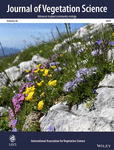Journal list menu
Export Citations
Download PDFs
Table of Contents
Expert-based measures of human impact to vegetation
- First Published: 14 August 2020
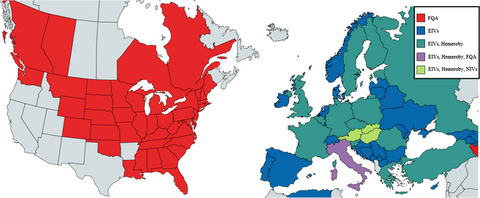
Floristic Quality Assessment, naturalness indicator values, and hemeroby are three expert-based vegetation indicator systems to characterize human impacts. We review the systems, describe their similar underlying mechanics, and compare them to other ecological indicator values. Despite their core similarities, their users seem largely unaware of the other, analogous systems. Expert-based indicators to human impacts are valuable scientific and managerial tools.
Termite mound vegetation patterns are largely driven by stochastic rather than deterministic processes at regional scale in Africa: A meta-analysis
- First Published: 08 April 2020
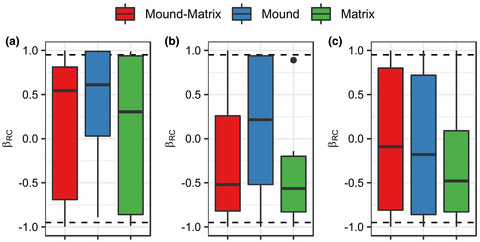
Our results suggest that the processes responsible for vegetation composition between mound–mound, matrix–matrix and mound–matrix plots are stochastic in nature due to lack of difference from the null model expectation. However, regional patterns are governed by both deterministic and stochastic processes. The change in composition of woody plant communities between mound–mound, matrix–matrix and matrix–mound plots was dominated by turnover within and between regions.
The neglected importance of floral traits in trait-based plant community assembly
- First Published: 13 March 2020

This synthesis aims to link community-scale pollination ecology studies to co-existence and community assembly theory to better understand mechanisms driving floral trait patterns in diverse plant communities. We review and synthesize the general trends in floral trait patterns and underlying processes, in order to support and direct future developments in this emerging field.
Which results of the standard test for community-weighted mean approach are too optimistic?
- First Published: 19 October 2018

Community weighted mean approach tests the relationship of species attributes (traits, indicator values) to sample attributes (environmental variables, richness) and the test is known to have inflated Type I error rate. I argue that whether test results are inflated depends on the type of tested hypothesis and that the level of inflation depends on dataset parameters (e.g. beta diversity).
The edge of two worlds: A new review and synthesis on Eurasian forest-steppes
- First Published: 20 April 2018

In our synthetic overview of Eurasian forest-steppes, by collecting diffuse knowledge we provided a formal definition of forest-steppes, and discussed spatial extents and gradients. We described and delineation the main forest-steppe regions. We reviewed species and functional diversity of forest-steppes and outlined their current conservation status and explored the future prospects under predicted climate change.
The next frontier of plant–soil feedback research: unraveling context dependence across biotic and abiotic gradients
- First Published: 31 January 2017
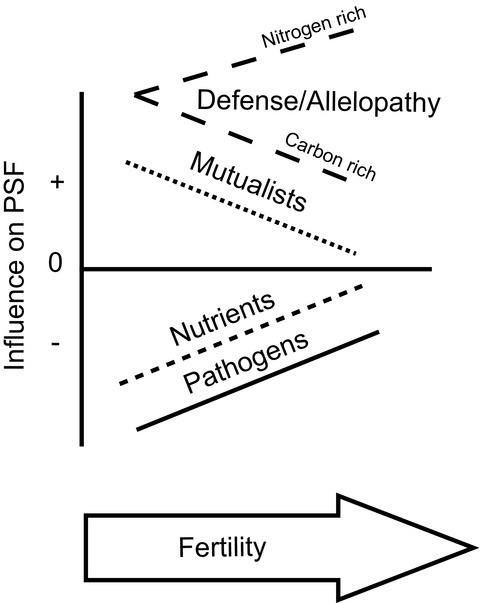
We develop a conceptual framework to predict variation in the direction and strength of plant-soil feedback (PSF) across abiotic and biotic environmental gradients, and evaluate existing case studies that address the context dependence of PSF across gradients of fertility, light availability, and herbivory. We then consider how different experimental approaches might yield different insights about PSF-environment interactions.
What we use is not what we know: environmental predictors in plant distribution models
- First Published: 01 September 2016

Predictors included in species distribution models (SDMs) vary greatly between studies. This review identifies the predictors omitted in plant SDMs and reasons for their omission. We conclude that effort is needed to develop more ecologically sound predictors and related SDMs. This requires increased collaboration between ecological and geo-environmental sciences and a more theoretically solid basis for the selection of predictors.
The theory of the nested species–area relationship: geometric foundations of biodiversity scaling
- First Published: 25 July 2016

The species-area relationship (SAR) is a major biodiversity pattern. When smaller plots are nested within larger ones, the SAR is triphasic: steep for small areas, then shallow, and steep again at continental scales. This shape is predictable and can be derived using simple geometric arguments, since the steepness of the SAR systematically depends on species rarity at each spatial scale.
Achievements and challenges in the integration, reuse and synthesis of vegetation plot data
- First Published: 13 June 2016

I review the progress in enabling vegetation plot data to be discovered and integrated to answer exciting, large-scale ecological questions. However, barriers to data integration, reuse and synthesis remain and I describe how they can be overcome. New issues associated with data attribution and acknowledgement for data providers, users and aggregators are emerging and need to be addressed.
The species pool concept as a framework for studying patterns of plant diversity
- First Published: 20 August 2015
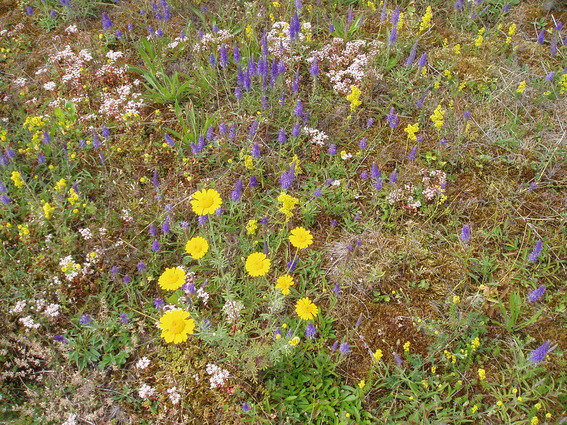
In order to explain observed community patterns, the regional processes responsible for species formation and geographic dispersal should also be considered. The species pool concept offers a frame for that. It holds that local variation in community patterns is dependent primarily on the availability of species, which is driven by historical diversification and dispersal at continental and landscape scales.
A review of the use of direct seeding and seedling plantings in restoration: what do we know and where should we go?
- First Published: 13 June 2015

Direct seeding and planting of seedlings are the most common techniques use in ecosystem restoration. We reviewed 120 papers that included these techniques and examined current restoration issues. Our results highlight the need for restoration experiments to explore more species and consider future climate scenarios that will affect restoration efforts. Additionally, detailed reporting of outcomes and costs are essential.
A comparative framework for broad-scale plot-based vegetation classification
- First Published: 13 June 2015

We present a comparison framework for vegetation classification that distinguishes four structural elements (plot record, vegetation type, consistent classification section and classification system) and two procedural elements (classification protocol and classification approach). The framework will be useful for understanding and comparing plot-based vegetation classification approaches, as well as for integrating classification systems and their sections.
Tree line dynamics in the tropical African highlands – identifying drivers and dynamics
- First Published: 14 August 2014
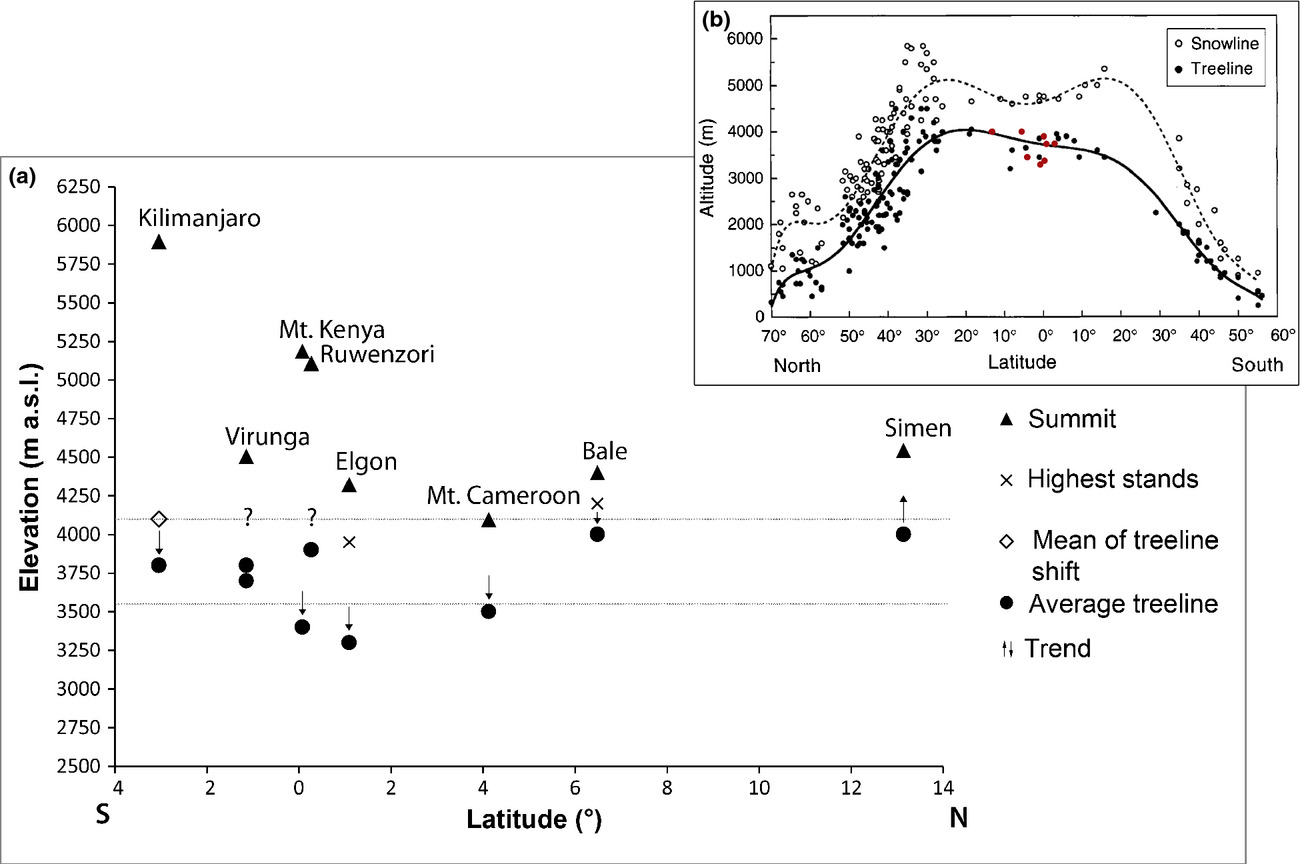
In this manuscript treeline dynamics in the tropical African highlands and their potential drivers are evaluated. The main take-hold message is that climate change has not lead to rising treelines in the African tropical highlands due to high human pressure and growing human population densities, which have a stronger effect than increasing temperatures.





